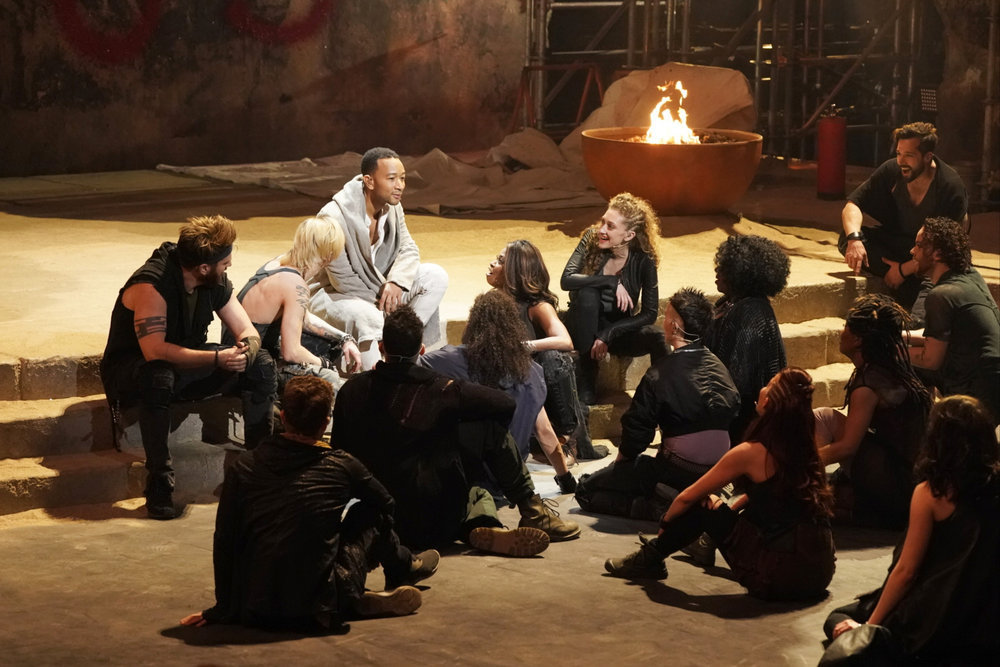
When I was in high school, it had just become the norm for people in my age group to have cell phones. Most students in my grade had a phone that at the time was considered cutting-edge only if it had a camera on it. I remember being one of the last people to get a phone, and being so excited to have a camera phone that I filled my photo album in the first two days of owning it.
Fast forward to 2012 and those previously high-tech phones are now the free ones you can get just by signing up with a cell service provider. You’re hard-pressed to find a mobile phone without a built-in camera, some of much higher quality than others. The explosion of social networking has led to programs and applications like Instagram. People are taking photographs and sharing them more than ever before.
Take the use of sites like Twitter, for example, in the spread of news. In 2008, when the Taj Mahal Hotel in Mumbai, India, was attacked in a series of bombing and shooting incidents around the city, people followed exactly what was going on through Twitter posts made by hostages and people living in Mumbai. News reports are one thing – social networking in situations such as this one allow users to get an understanding of what is going on through a much more personal level.
Now, what if Instagram existed in 2008? Photo sharing is still a relatively new thing. Sure, people posted photos, but the idea of a social networking site dedicated solely to photo sharing was still in the works.
The culmination of these things has brought on an interesting phenomenon: phoneography. It goes beyond simply using the filters that come with camera apps. Companies have recognized the widespread use of photographic social networking and have responded by producing fully-functional, miniature camera equipment designed specifically for use in cell phone cameras: tiny lenses and tripods and wallet-sized cases to hold them, all in the name of better iPhone photos.
These products are perfectly affordable. Photojojo sells a set of three lenses for $49. A comically-sized but higher quality telephoto lens is sold for $35. Photojojo has even started up a blog dedicated to phoneography, posting photos and detailing new products that become available for the practice.
But does having the ability to take artistic, pretty pictures make a person a photographer, or a good one at that? A photojournalist? Does it make the everyday Instagram user an artist? Do those adorable little accessories even make a difference in terms of these questions?
The answers are full of “it depends.” It certainly doesn’t take the expensive equipment associated with “real” professional photography to make a person a photographer or artist. Artists have created masterpieces with less. Perhaps all it takes is a little vision, or just being in the right place at the right time.
CNN even has a section on its website dedicated to the journalistic work of its users. People around the world post their photos and videos, whether they are taken using a smartphone or professional equipment. A well-timed photo taken with any device can go viral in a matter of minutes. The quality of the work doesn’t always matter to Internet users in their pursuit of the news.
With these advancements in technology, the common person can be a journalist or artist. We live in an interesting time. The questions posed may not be easily answered, but one thing remains true: thanks to social networking and developments in mobile phones, how we see the world will never be the same.
Ellie Rulon-Miller can be reached at [email protected].












